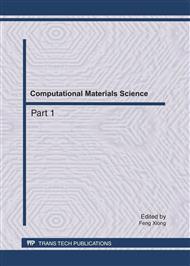p.950
p.955
p.960
p.966
p.969
p.975
p.981
p.988
p.994
A New Speech Enhancement Method Based on Genetic Algorithm
Abstract:
In this paper a new algorithm for speech enhancement is presented. In the proposed approach, the effect of noise is reduced from the singular values as well as the singular vectors. We utilize the Genetic Algorithm for optimally setting the parameters needed for our proposed speech enhancement process. In the case that the additive noise does not have the white noise characteristics, the GSVD operation is used for subspace division. The results indicate the better performance of our proposed method in comparison with other well-known speech enhancement techniques.
Info:
Periodical:
Pages:
969-974
Citation:
Online since:
July 2011
Authors:
Keywords:
Price:
Сopyright:
© 2011 Trans Tech Publications Ltd. All Rights Reserved
Share:
Citation:


